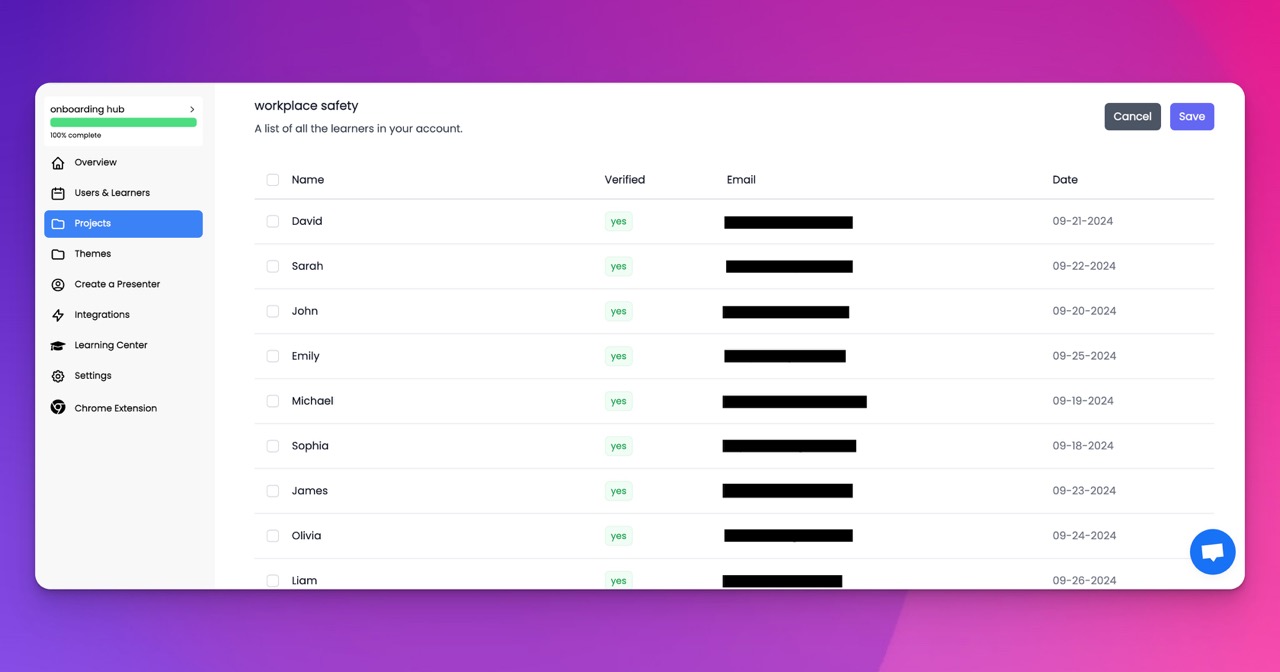🎉 Trainday now integrates with Zendesk and Hubspot 🎉 Trainday now integrates with Zendesk and Hubspot 🎉 Trainday now integrates with Zendesk and Hubspot
🎉 Trainday now integrates with Zendesk and Hubspot
🎉 Trainday now integrates with Zendesk and Hubspot
Contact
OSHA Compliance
"Understanding Bump Caps: OSHA Requirements And Best Practices"
Bump caps are an essential piece of protective headgear for workers in industries where there is a risk of head injury from minor bumps or scrapes. While not as robust as hard hats, bump caps provide a level of protection that is suitable for lower-risk environments. In this blog post, we will discuss the OSHA requirements for bump caps and best practices for their use.
OSHA Requirements for Bump Caps
According to OSHA regulations, employers are required to provide appropriate head protection for employees working in areas where there is a risk of head injury from falling objects, electrical hazards, or other potential dangers. While bump caps are not considered suitable for high-impact environments, they are an acceptable form of head protection for workers in industries such as food processing, maintenance, and light manufacturing.
When selecting bump caps for your employees, it is important to ensure that they meet OSHA standards for head protection. Bump caps should be designed to provide protection against minor impacts and abrasions, and they should be properly fitted to the wearer's head to ensure maximum effectiveness.
Best Practices for Using Bump Caps
In addition to meeting OSHA requirements, there are several best practices that employers should follow when it comes to using bump caps in the workplace. Some of these include:
1. Conducting a risk assessment: Before providing bump caps to your employees, it is important to assess the specific risks in your workplace that could lead to head injuries. This will help you determine whether bump caps are the appropriate form of head protection for your workers.
2. Providing proper training: Make sure that your employees understand the purpose of bump caps and how to wear them correctly. Training should cover topics such as when to wear bump caps, how to adjust the fit, and how to care for the headgear.
3. Regularly inspecting bump caps: Inspect bump caps regularly for signs of wear and tear, such as cracks, dents, or loose straps. Replace any damaged bump caps immediately to ensure that employees are properly protected.
4. Encouraging a safety culture: Promote a culture of safety in your workplace by encouraging employees to report any safety concerns or incidents involving head injuries. By creating a safe work environment, you can help prevent accidents and protect your employees from harm.
Overall, understanding OSHA requirements and following best practices for using bump caps in the workplace is essential for protecting your employees from head injuries. By taking proactive steps to ensure that bump caps are properly selected, fitted, and maintained, you can create a safer work environment for everyone.
Accelerate Compliance.
Deliver OSHA-Ready Courses Instantly.
Empower your team with data-driven training solutions tailored to your industry's safety standards. Stay compliant, reduce risks, and boost productivity with AI-powered course creation.
